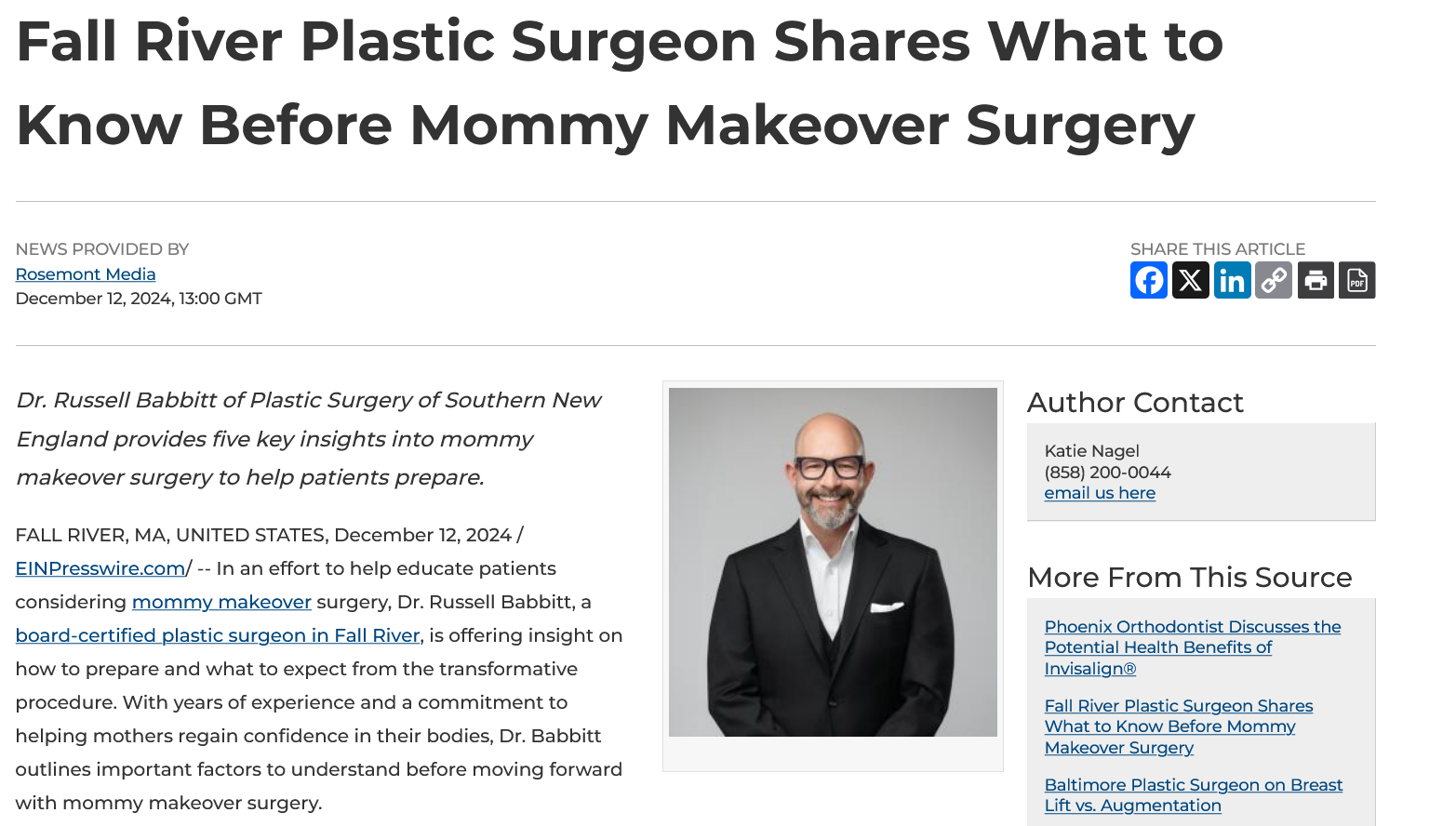Understanding PAH After CoolSculpting: Prevalence, Recurrence, Treatments, and the Role of VASER
 CoolSculpting®, a popular non-invasive fat reduction technique, has revolutionized aesthetic surgery with its promise of fat loss without the scalpel. However, as with any procedure, it’s not without its potential complications, one of which is Paradoxical Adipose Hyperplasia (PAH). Let’s dive into this rare yet significant phenomenon, its prevalence, chances of recurrence, treatment options, and explore how VASER® might play a role in preventing its recurrence.
CoolSculpting®, a popular non-invasive fat reduction technique, has revolutionized aesthetic surgery with its promise of fat loss without the scalpel. However, as with any procedure, it’s not without its potential complications, one of which is Paradoxical Adipose Hyperplasia (PAH). Let’s dive into this rare yet significant phenomenon, its prevalence, chances of recurrence, treatment options, and explore how VASER® might play a role in preventing its recurrence.
What is PAH?
Paradoxical Adipose Hyperplasia (PAH) is an unexpected increase in fatty tissue volume that occurs in a small percentage of patients following CoolSculpting treatments. Essentially, instead of shrinking, the treated fat cells paradoxically increase in size.
Prevalence of PAH Post-Coolsculpting
The prevalence of PAH after CoolSculpting is relatively rare. Studies suggest that it occurs in less than 1% of treatments, but in our experience there may be many patients who don’t even realize they have it, and considering the popularity of CoolSculpting, understanding and addressing PAH is crucial for practitioners.
Chances of Recurrence
Once treated successfully, the chances of recurrence for PAH are generally low. But, it’s essential for patients to maintain a stable weight and a healthy lifestyle to prevent any form of adipose tissue irregularities.
Treatment of PAH
The standard treatment for PAH involves traditional liposuction techniques. This approach effectively removes the hyperplastic adipose tissue, addressing both the aesthetic and psychological impacts of PAH.
VASER: A Preventive Approach?
VASER (Vibration Amplification of Sound Energy at Resonance) liposuction has been anecdotally suggested to prevent the recurrence of PAH. This ultrasonic liposuction technique, known for its precision and reduced recovery time, might offer benefits in sculpting the areas affected by PAH more delicately compared to traditional liposuction.
Anecdotal evidence suggests that the precise and controlled energy delivery of VASER may help in preventing the overstimulation of adipocytes, potentially reducing the risk of PAH recurrence post-treatment. However, it’s important to note that these benefits are currently based on anecdotal reports and not on extensive clinical studies.
Conclusion
While PAH is a rare complication of CoolSculpting, it is a condition that requires attention and expertise in treatment. The integration of technologies like VASER liposuction could offer promising avenues not only for treating PAH but potentially in preventing its recurrence, although more research is needed in this area. As always, patients should consult with qualified plastic and aesthetic surgeons to understand the risks and benefits of any procedure.
Note: This blog post is intended for informational purposes only and does not substitute for professional medical advice. Patients considering CoolSculpting or any aesthetic procedures should consult with a qualified healthcare provider.



